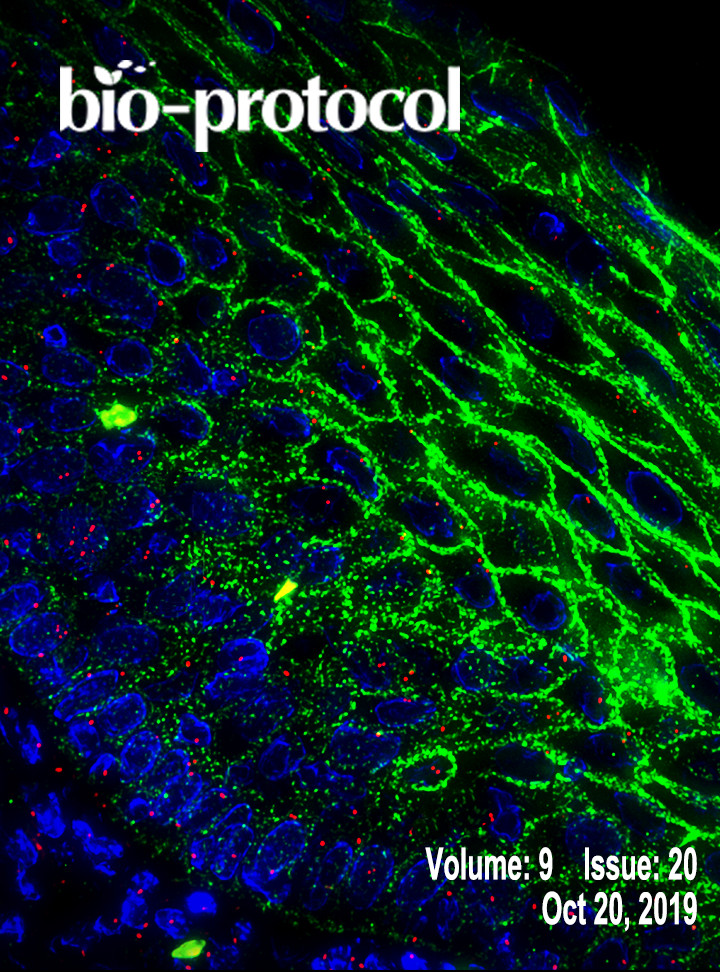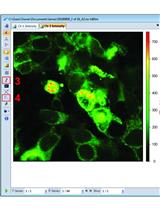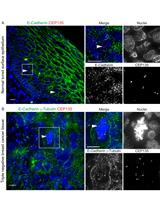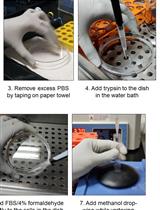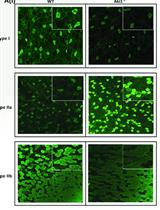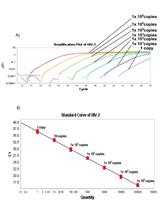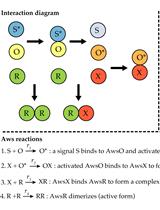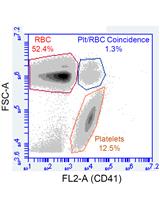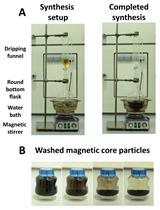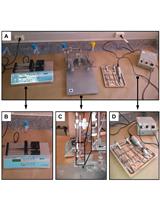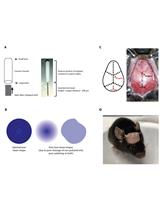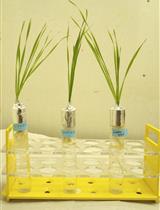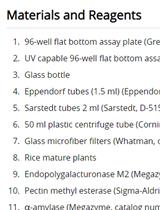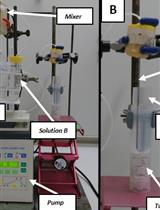往期刊物2019
卷册: 9, 期号: 20
生物化学
Measuring Small-molecule Inhibition of Protein Interactions in Live Cells Using FLIM-FRET
利用FLIM-FRET进行小分子抑制蛋白相互作用的活细胞检测
癌症生物学
Immunofluorescence-based Determination of Centrosome Number in Tissue Samples
基于免疫荧光法的组织样本中心体数目确定
细胞生物学
Time-lapse Imaging of Alveologenesis in Mouse Precision-cut Lung Slices
小鼠离体肺组织切片中肺泡生成的延时成像
Phospho-protein Analysis in Adherent Cells Using Flow Cytometry
利用流式细胞术进行贴壁细胞的磷酸化蛋白分析
发育生物学
Immunohistochemical Identification of Muscle Fiber Types in Mice Tibialis Anterior Sections
小鼠胫骨前肌切片中肌纤维类型的免疫组化鉴定
微生物学
Quantification of HIV-2 DNA in Whole Blood
全血HIV-2 DNA的定量分析
Probabilistic Models for Predicting Mutational Routes to New Adaptive Phenotypes
用于预测新的适应性表型突变路径的概率模型
分子生物学
Platelet Isolation and Activation Assays
血小板的分离和活化实验
Simple Synthesis of Functionalized Paramagnetic Beads for Nucleic Acid Purification and Manipulation
用于核酸纯化和操作的功能化顺磁性磁珠的简单合成方法
神经科学
Intracerebral Injection of Streptozotocin to Model Alzheimer Disease in Rats
一种用于链脲佐菌素诱导的大鼠阿尔兹海默症建模的立体定向手术
Optogenetic Food Odor Avoidance Assay
光遗传学在食品避臭实验中的应用
Use of the Vsoc-maze to Study Sociability and Preference for Social Novelty in Rodents
利用Vsoc-maze研究啮齿动物的社交能力和社交新奇偏好
植物科学
Visualization of Nitric Oxide, Measurement of Nitrosothiols Content, Activity of NOS and NR in Wheat Seedlings
小麦幼苗中一氧化氮可视化以及亚硝基硫醇含量和NOS、NR活性测定
Cell Wall Compositional Analysis of Rice Culms
水稻茎杆的细胞壁组成分析
Non-aqueous Fractionation (NAF) for Metabolite Analysis in Subcellular Compartments of Arabidopsis Leaf Tissues
非水体系分离(NAF)用于拟南芥叶组织亚细胞组分的代谢研究


